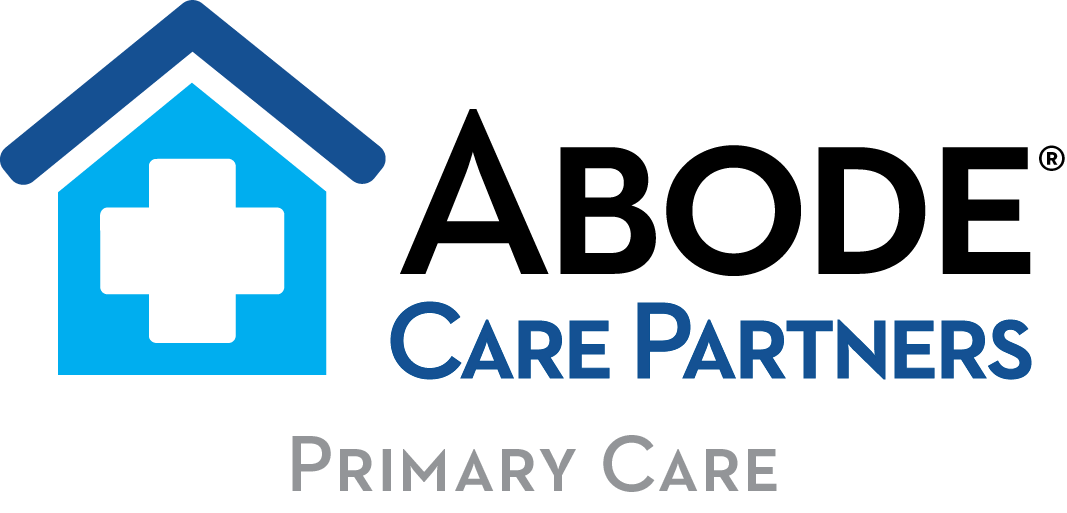Home-Based Primary Care

Our patients live in different types of homes. Some reside in their own house or apartment. Some live with family members. Some are in independent or assisted living facilities, enjoying their retirement with new friends and neighbors. And others live in group homes where their special needs and those of their roommates are met by dedicated direct support professionals.
Senior Living
We contract with independent and assisted living facilities to provide high-quality medical care and resources to their residents. This provides a valuable service to the residents and helps the facility support the healthcare needs with less transportation and support resources.
More importantly, it enables better coordination and collaboration between healthcare provider, residential services (dietary, activities, etc.), and the resident.
Private Homes
Many people with complex care needs or frailty concerns find going to a doctor or nurse practitioner challenging, or even risky. For others transportation can be a significant issue. Abode Care Partners can safely and efficiently bring primary care to the patient in the comfort of their own home.
Group Homes (IDD)
Adults with intellectual and development disabilities living in group home settings sometimes find going to see a medical practitioner taxing. It can also be a challenge for the homes support professionals as such a trip often involves more than one caregiver, planning for transportation, and spending time in a waiting room.
Our doctors and nurse practitioners are trained to work with individuals with Down syndrome, autism, and other IDD diagnosis, and we see them in the comfort of their home – where they are usually most comfortable.
Facility to Home Transitional Care Management
Leaving a Skilled Nursing Facility to go home or to a new place to continue recovery is a change requiring a partner to make sure the patient is able to carry on the recovery process and stay on the path to better health. Abode Care Partners can help make that transition smoother and minimize the risk of gaps of in care, decreasing the possibility of rehospitalization or disease exacerbation.
We work with the patient, caregivers, pharmacists, and the discharging facility to develop the transition plan of care, make sure the destination is ready for the patient and able to meet their needs, and assign levels of risk to steps of the process to make sure we know where our challenges may lie. Our intraprofessional team then ”quarterbacks” the transition to make sure the patient is meeting expectations.
